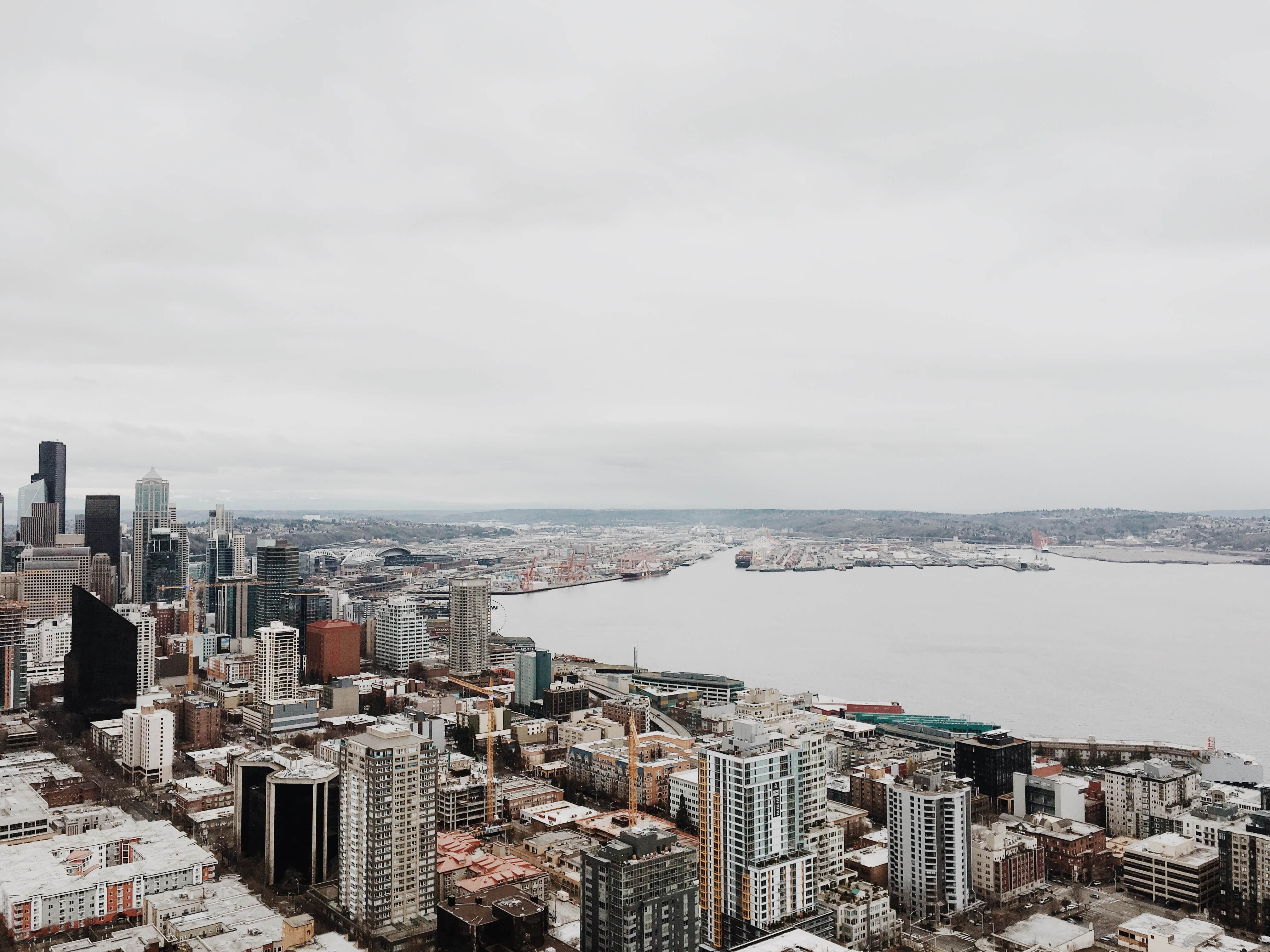Seven Steps To Make Your Long-Distance Move As Seamless as Possible
Having to take the time to carefully plan your move will help you prevent stumbling blocks across the way. To make things a little smoother for you and your loved ones, follow these seven simple steps into making a long-distance move feel like a walk in the park!
1. Distance makes a difference.
During most of the pre-moving process, you must take into consideration the distinctions between a nearby move and a long-distance move. Whether you’re organizing your long-distance move or just having to make sure that your next one goes off as expected.
2. Do your research on quality movers.
Much can happen to your things in the back of a pickup truck when loaded and unloaded by movers. Moving is a high-risk industrial sector. According to data from the AMSA, “More than 75% of all moves have no complaint cases made,” that is, up to 25% that do. Take the time to go online and read reviews if you’re hiring Seattle movers to get the best of the best.
3. Understand the risk of things getting damaged or lost.
Be prepared in case something goes wrong and get the right coverage. By federal law, the underlying moving value reduces the obligation of a mover to only 65 cents a pound. If you want to buy full-value coverage and adhere to basic coverage, decide well before leaving.
4. Know exactly how many things you are bringing along.
Moving companies will still want to know precisely how many things you have to accommodate in the long-distance travel. Fortunately, the only way to understand how much you’ve got is to write a list of everything, sounds fun, right? A stock list will not only help you get detailed cost estimates from the movers; it will enable you to stay coordinated when preparing for your moving day and keep a record of your goods during their long journey.
5. Save cash by cutting down on moving expenses.
The more things you take with you throughout the world, the higher the cost. When you handle this assignment the right way, it can be simple to scale back on your list of items. Charity, going to sell, and tossing are the three ideal ways to get rid of unwanted or old things. Entertainment products such as CDs, DVDs, computer games, and movies are convenient to market as they are mass-produced and all come in one volume. Charities in cold weather areas are in high demand for shelters and jackets. Cheap, cumbersome items of furniture are often not worth the struggle it takes to move them, and they can often also be given away.
6. Preparing for long-distance packing is essential.
Different teams of laborers will handle materials over a long stretch of miles and a long-time period throughout a long-distance moving process. Ensure everything inside all of the boxes is well-cushioned. Try to make sure that you fill the bottom of each package, and everything is still. Inside packaging containers should be well-secured, taking into consideration that at some stage, the boxes can be flipped to their side or even upside down. It also ensures that instead of using convenience store containers or other low-grade options, you will need to buy high-quality moving boxes.
7. Organizing is going to make things simple and fun.
When traveling across the state, we advise that you prepare at least one moving essentials container that you want to start using when they arrive at your house. It may involve simple pots/skillets, plates, daily clothing, or other items; it is up to your preference. It is also necessary to mark boxes containing delicate belongings: we advise packaging them together in “specialty boxes” to signify the care needed when shipping such items.





